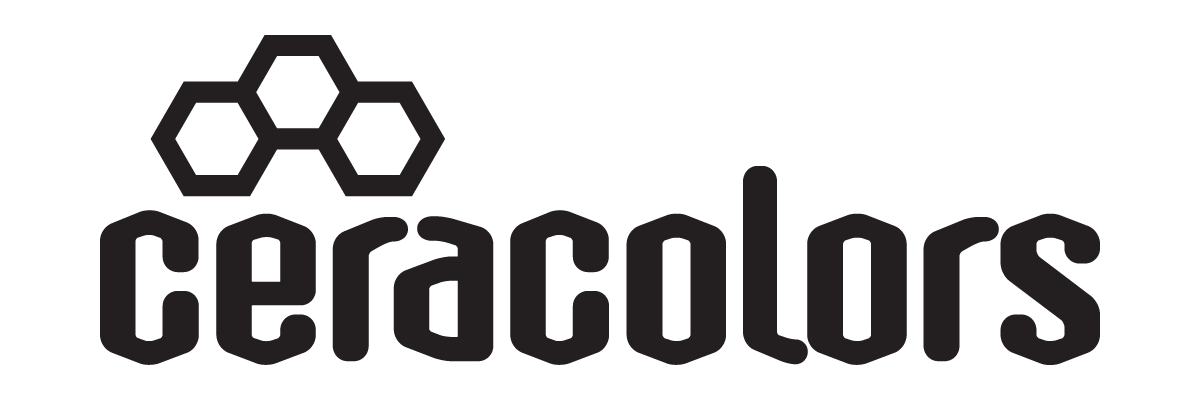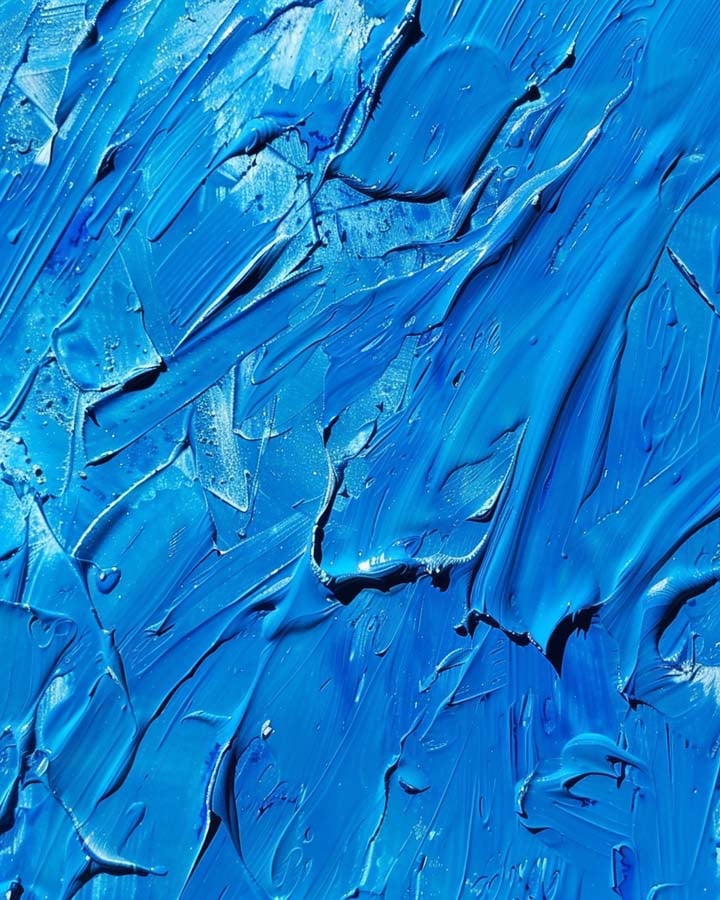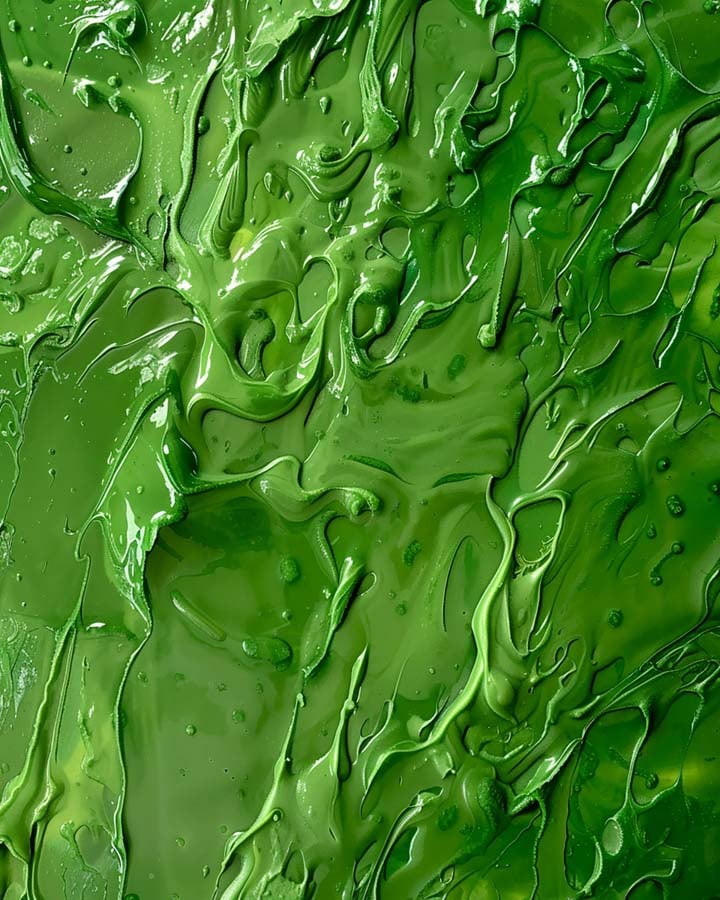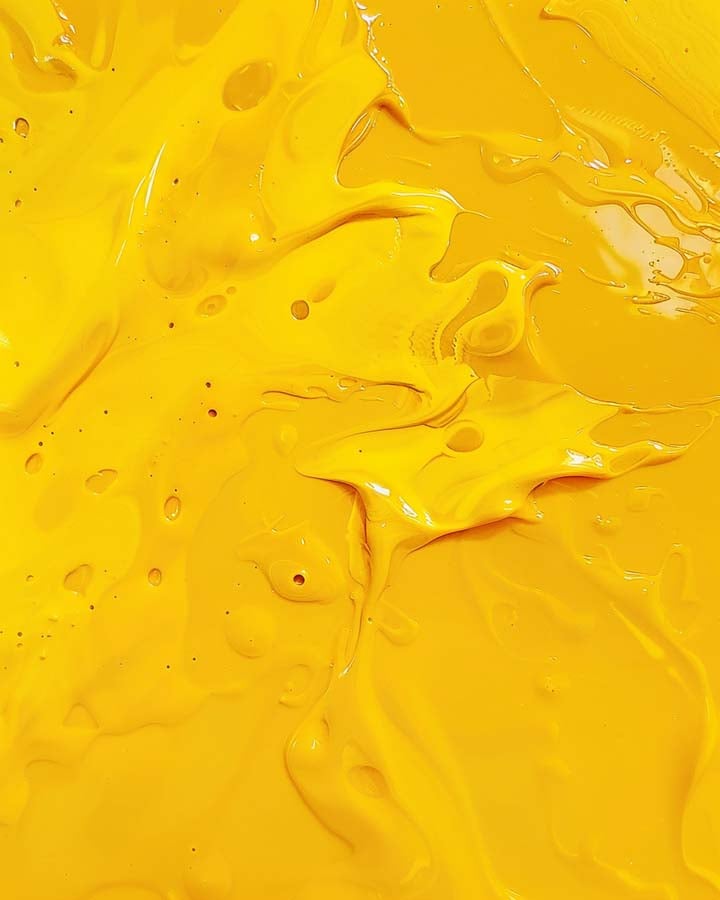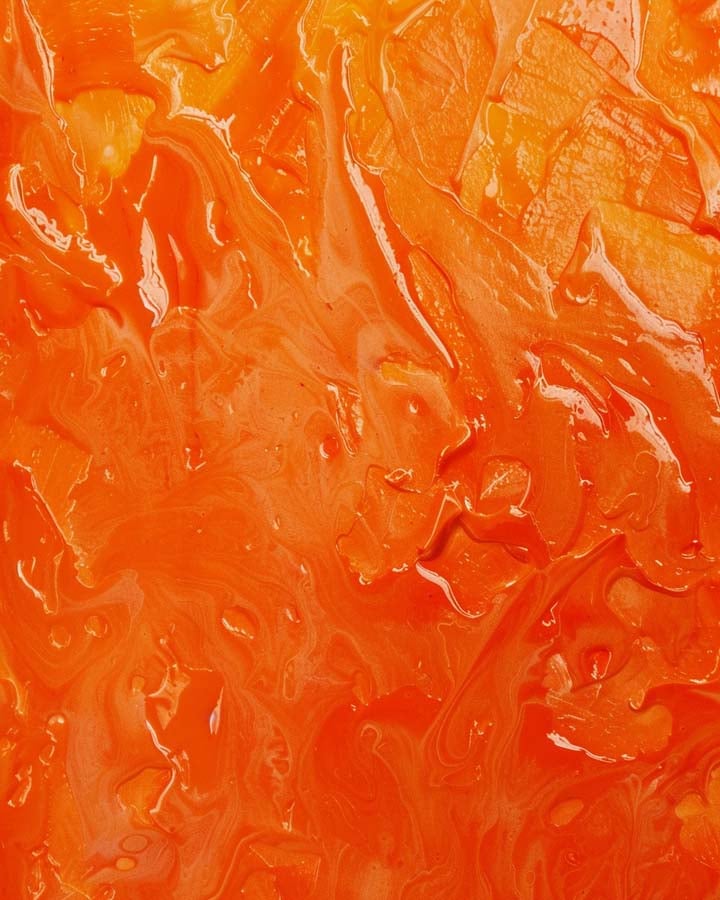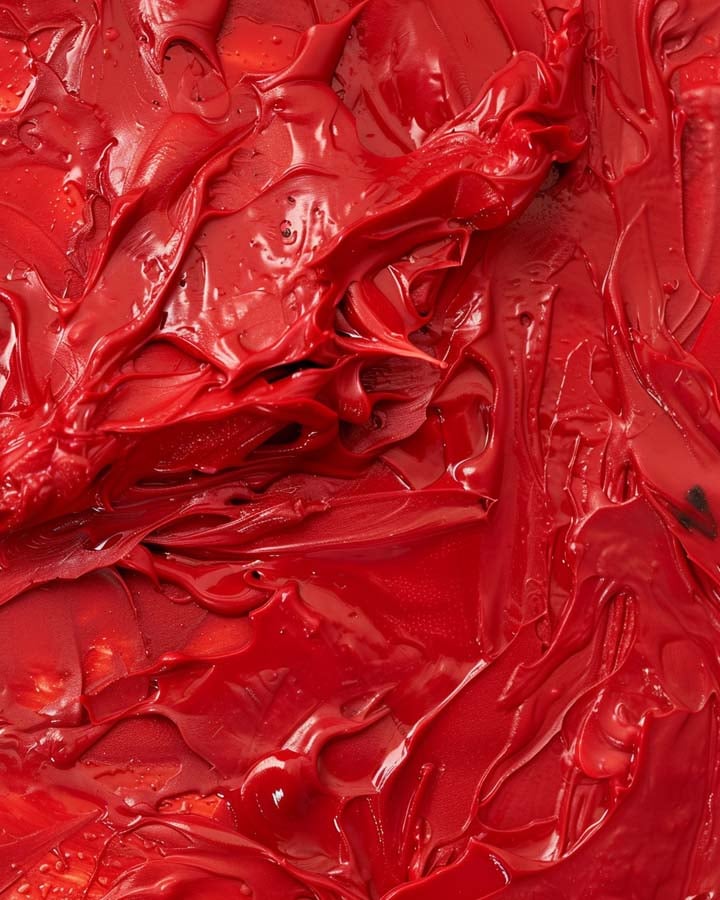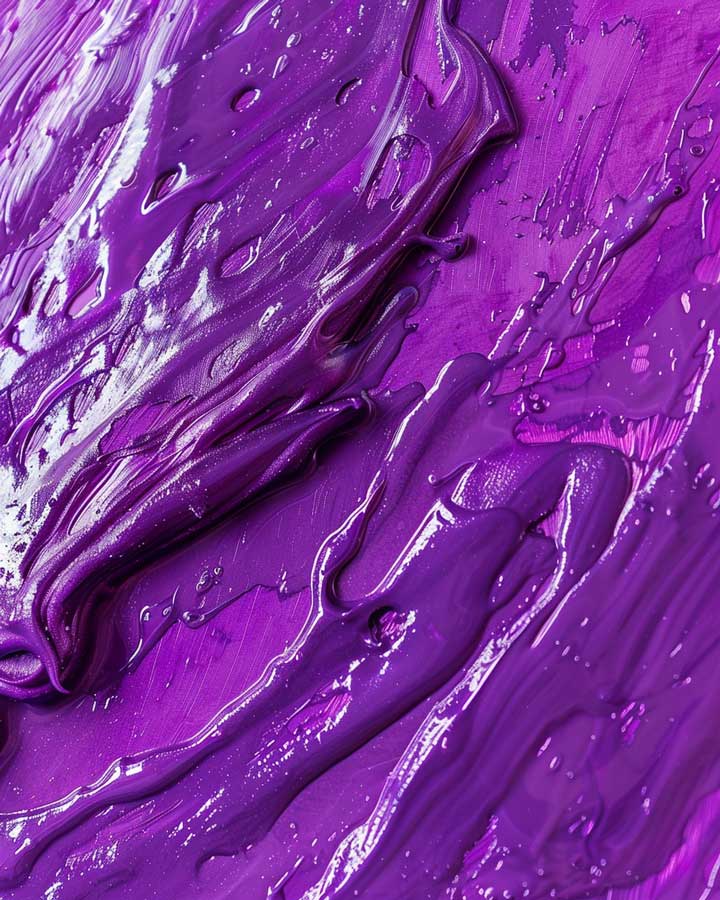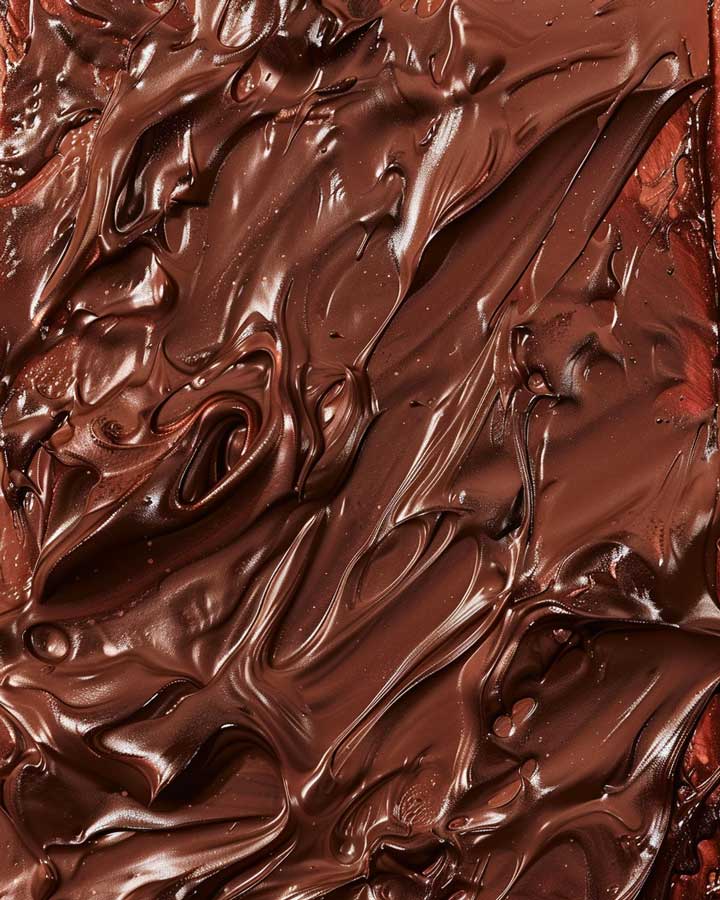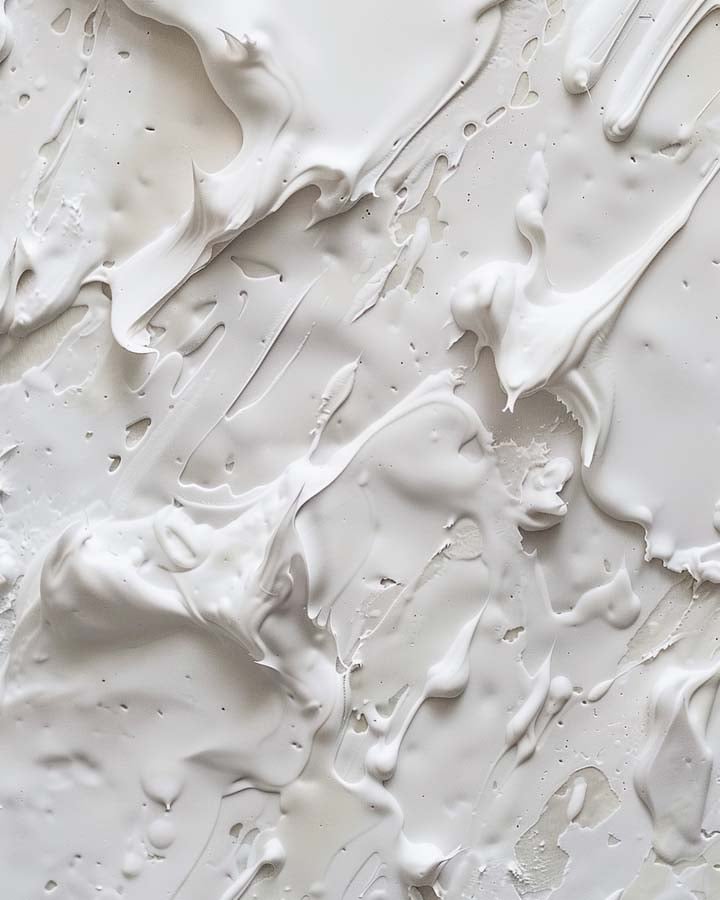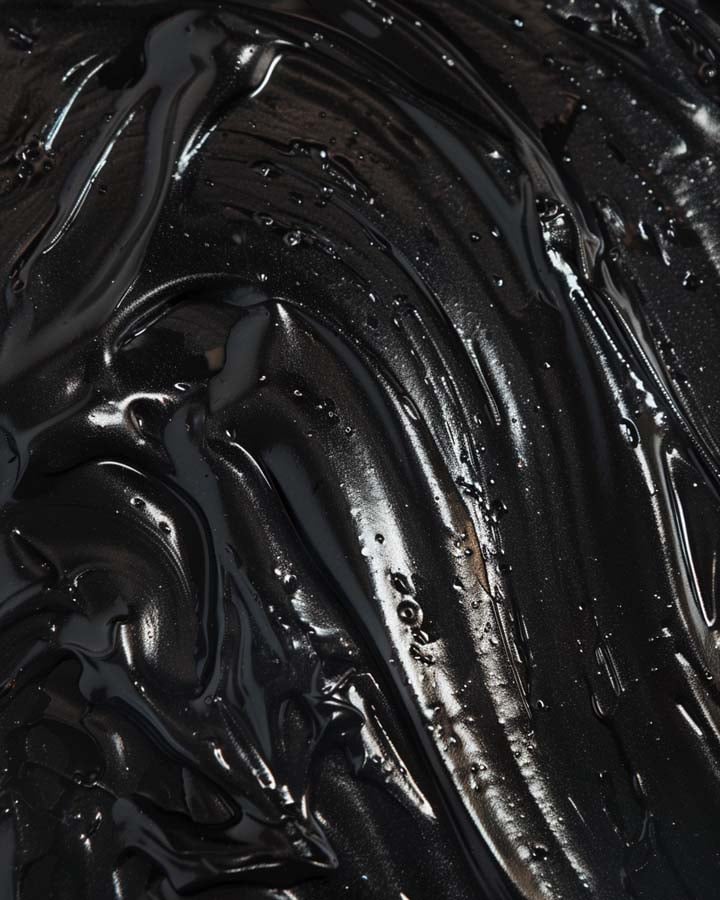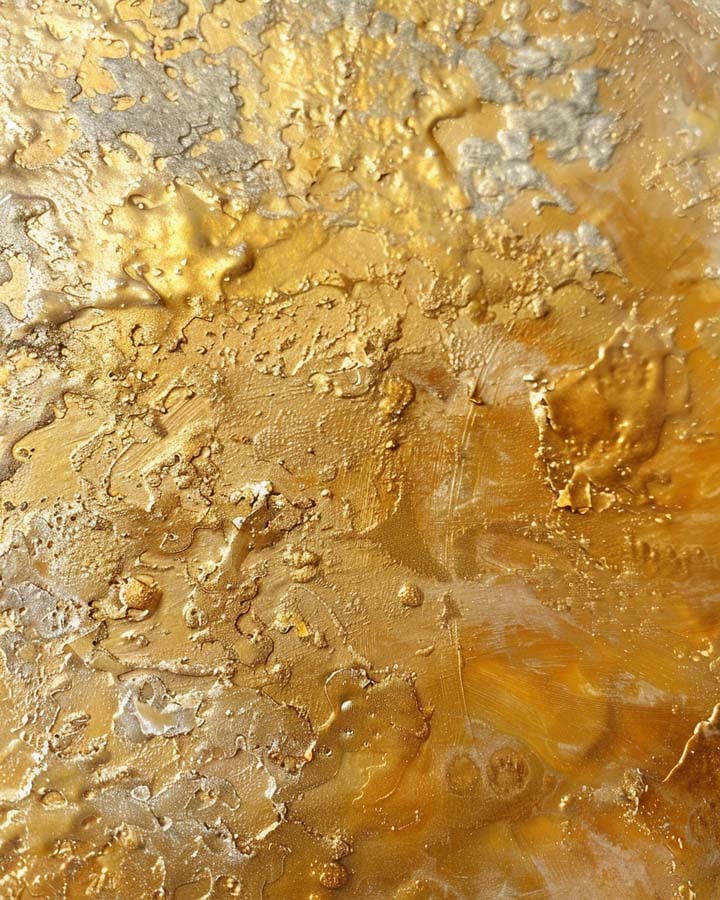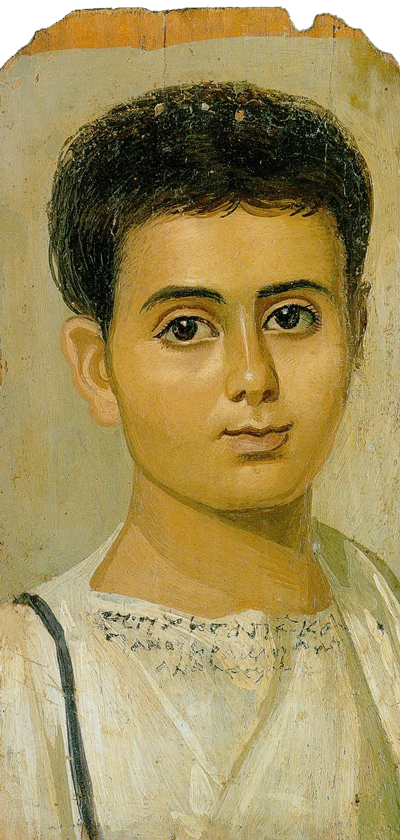Ceracolors—The Only Solvent-Free Cold Wax Paint for Encaustic Painting
What is Ceracolors?
Ceracolors is water-soluble beeswax-based paint for professional artists, providing a wide range of painting techniques from thick impastos that can be sculpted to thin watercolor-like washes.
Ceracolors paint is made from a blend of natural and naturally derived waxes that can be used for encaustic and cold wax painting techniques. They are fast-drying colors suitable for all supports used for encaustic painting, yet they do not require special tools or heated instruments. Use any brush suitable for water-based paint. Once dry, Ceracolors can be further sculpted and manipulated in any cold wax and encaustic painting techniques.
The ingredients in Ceracolors are found in food and cosmetics, so there are no acute or known chronic hazards with its anticipated use.
Ceracolors paint is available in 15 ml and 50 ml tubes.
On the left is an encaustic painting on wood of the Portrait of the Boy Eutyches, also known as Portrait of Boy, which is a portrait by an anonymous artist from Roman Egypt of about 100 to 150 AD.
Solvent-Free, Cold Wax Mediums
Ceracolors Mediums, Gels, and Pastes offer artists unlimited control of Ceracolors paint. Use Ceracolors mediums to control transparency, viscosity, and consistency. Ceracolors Mediums can be considered colorless wax paints, as they are composed of the same waxes as Ceracolors paints. They are the “glue” or binder that dry to form paint films.
Ceracolors mediums are available in 8, 16, and 32 fluid-ounce bottles and jars.
Ceracolors are made by Natural Pigments. Please read our description of Ceracolors for more information. For information about the permanence and composition of Ceracolors, visit Ceracolors Composition and Permanence.
Visit our Swatch and Pigment guide for details on Ceracolors hand-painted color swatches and where to find pigment information.
Frequently Asked Questions
What is encaustic paint?
Encaustic paint, also known as hot wax paint, is a painting technique that involves heated wax to which color pigments have been added. Wax colors are heated with a painting iron and applied to the painting surface. Wax colors are heated in cups or dishes and applied to the painting surface with a brush. The wax cools and hardens almost immediately, so further manipulation is done with a hot iron.
What are the disadvantages of encaustic and cold-wax paint?
The main disadvantage of encaustic or hot wax paint is that it must be kept in a molten state to apply to the painting surface. Modern tools, such as electric hot plates and heating irons, have made this much easier, although not trivial. The primary disadvantage of cold-wax paint is the solvents used to dissolve solid wax. Solvents, such as turpentine and mineral spirit, used to dissolve beeswax and other natural and synthetic wax, pose a significant health hazard. Ceracolors eliminate both these disadvantages because it is wax made soluble in water so that it can be used with brushes for water-based paints and does not need heated tools to apply it. However, Ceracolors can still be manipulated with hot tools once it dries.
Is encaustic permanent or long-lasting?
Encaustic is one of the world's most ancient and long-lasting painting mediums that contemporary artists have rediscovered. Encaustic paintings are durable—the beeswax is impervious to moisture, making them resistant to changes in relative humidity. Beeswax does not yellow or darken with age.
What are the best surfaces to apply encaustic paint?
Encaustic and cold-wax paint are best applied on a rigid, absorbent, and heat-resistant substrate. Wood is the traditional surface for encaustic painting and makes excellent, stable supports. Stretched canvas is not recommended. Encaustic and wax paint is not flexible and may crack as the canvas expands and contracts with temperature and relative humidity changes.
What kind of wax do you use for encaustic painting?
Beeswax is the traditional wax used in encaustic painting. Commercial encaustic mediums are made with filtered, bleached beeswax and dammar resin. However, dammar was not used in historic encaustic paintings of Egypt. Natural waxes such as carnauba and candelilla wax can be added to increase hardness and provide other properties to beeswax encaustic mediums. Synthetic waxes such as paraffin and microcrystalline wax can also be used, but beeswax is the type most commonly used in contemporary encaustic painting.
What does cold wax do to a painting?
Cold wax medium adds body, transparency, and depth to oil paint, making it more malleable and extending drying time. It's used for its matte finish and textural qualities. Not all cold wax mediums are suitable for use with oil painting. Ceracolors, a new kind of cold wax medium, is water-soluble and should not be used with oil paints.
What is the best surface for cold wax painting?
Rigid surfaces like wood panels or primed canvas boards are ideal for cold wax painting to support the weight and texture of the medium.
Can you mix acrylic paint with cold wax?
No, most cold wax is incompatible with acrylics due to differences in drying and curing processes. However, Ceracolors cold wax paints and mediums can be used with acrylic paint.
What is Gamblin cold wax used for?
Gamblin cold wax is a medium of news, alkyd, and solvents designed to thicken oil paints for impasto techniques, creating textures and matte finishes.
Can I paint over Ceracolors?
Yes, you can paint over Cercolors paint and mediums with encaustic paint; however, because encaustic paint is applied hot, it may melt any details in the Ceracolors paint layer.
Is encaustic painting water soluble?
No, encaustic painting uses beeswax and is not water-soluble. It requires heat to apply and manipulate the wax. Ceracolors is the only beeswax paint that is water-soluble and can be used in both cold-wax and encaustic painting techniques with the advantage that it can be thinned with water and applied without heat.
What kind of paint is made with melted wax?
Encaustic paint is made with melted beeswax, resin, and pigments, applied hot, and then fused to a surface with heat.
What is the wax based painting technique?
Wax-based painting techniques include encaustic painting, where melted wax is applied to a surface; cold wax medium techniques, mixing wax with oil paint for texture; and Ceracolors which can be thinned with water, applied thickly like encaustic and cold-wax paint and continued to be worked with heat.


